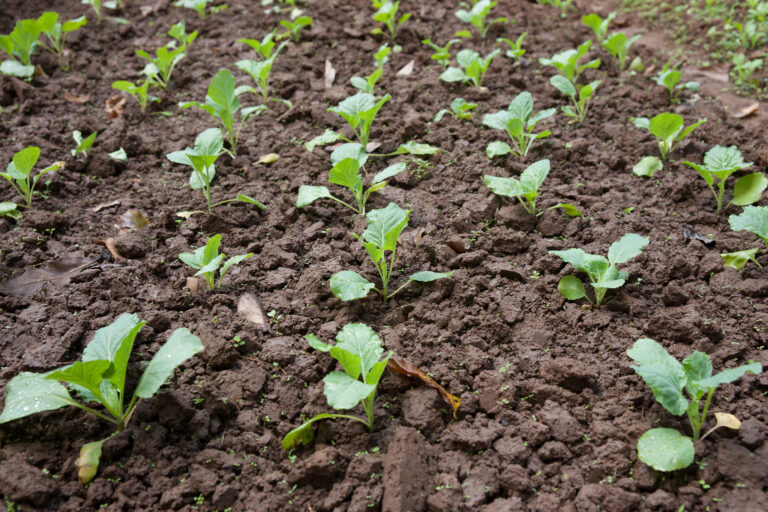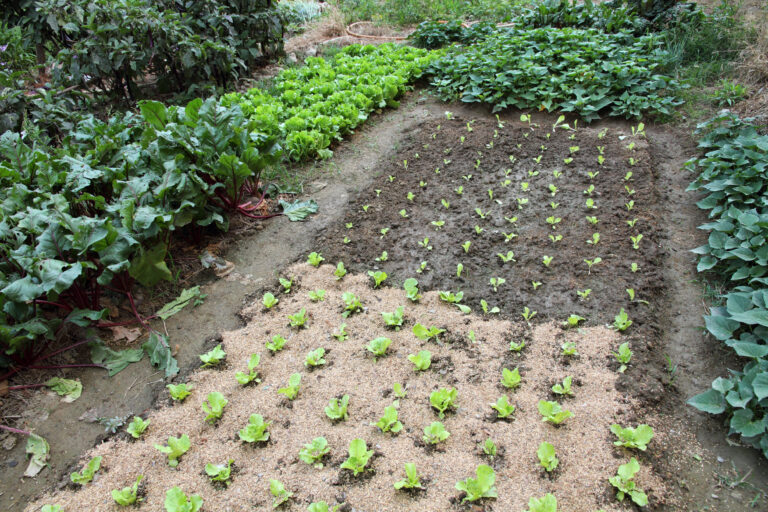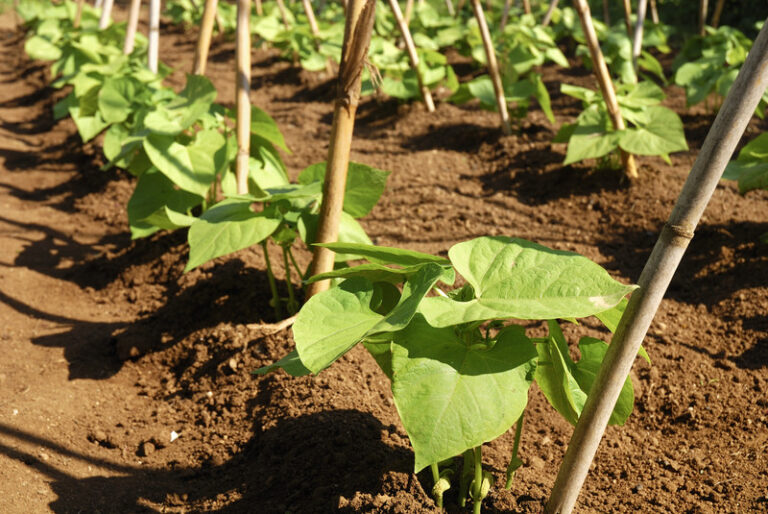How to Plan a Regenerative Garden from the Ground Up
Planning a regenerative garden is about more than planting vegetables—it’s about designing a system that works with nature to build soil, conserve water, support biodiversity, and create long-term productivity. Over decades of gardening experience, I’ve found that thoughtful planning from the start makes all the difference in creating a thriving, resilient garden. A regenerative garden…




